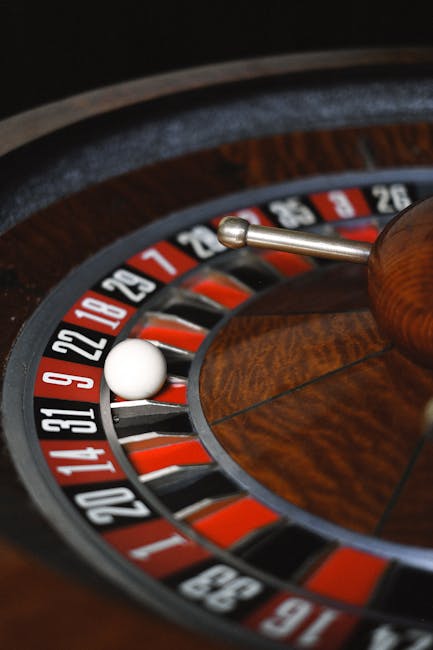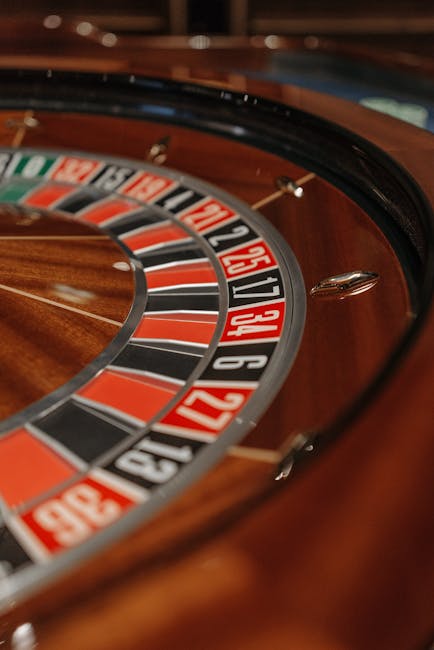The Enduring Legacy of Wheel of Fortune
Wheel of Fortune, a name synonymous with American television, has captivated audiences for over four decades. This beloved game show, featuring its iconic spinning wheel and challenging puzzles, has become a cultural phenomenon, transcending generational divides and solidifying its place in television history. But what is it about Wheel of Fortune that has kept viewers hooked for so long? This comprehensive guide delves into the show’s history, gameplay, impact on popular culture, and the secrets behind its remarkable success.
A Look Back at Wheel of Fortune’s History
The origins of Wheel of Fortune trace back to 1975, when Merv Griffin conceived the concept. Initially airing as a daytime show, its popularity steadily grew, leading to a primetime version. The show’s format, a clever blend of chance and skill, quickly resonated with viewers. The early years featured different hosts and slight variations in the game’s mechanics, but the core premise remained consistent: contestants solve word puzzles to win cash and prizes, guided by spins of the iconic wheel.
Over the years, Wheel of Fortune has seen numerous changes. From alterations in set design to the introduction of bonus rounds and various prize packages, the show has constantly adapted to maintain its freshness and relevance. Yet, its fundamental structure – the thrill of the spin, the tension of solving the puzzle, and the possibility of winning big – has remained largely intact, contributing to its enduring charm.

Understanding the Gameplay: More Than Just Luck
While elements of chance are undeniably present in the spinning wheel, success on Wheel of Fortune demands more than just luck. Strategic thinking, linguistic prowess, and quick reflexes are crucial for success. Contestants must carefully manage their spins, strategically choosing consonants and vowels to uncover the hidden phrases or words. A well-timed guess can lead to a substantial advantage, while a poor choice can swiftly derail a contestant’s chances.

The Mechanics of the Game:
- Spinning the Wheel: The heart of the game lies in the unpredictable spins of the wheel, determining the value of each correctly guessed letter.
- Consonants and Vowels: Contestants must strategically choose consonants and vowels to reveal the puzzle, carefully balancing risk and reward.
- Solving the Puzzle: Quick thinking and word recognition skills are paramount to solve the puzzle before time runs out or an opponent steals the chance.
- Bonus Round: A climactic round offering a chance to win significant prizes, adding an extra layer of excitement and anticipation.
Wheel of Fortune’s Cultural Impact
Beyond its entertainment value, Wheel of Fortune has profoundly impacted popular culture. Its catchphrases, like “Give me a T,” have entered everyday language. The show’s longevity has cemented its place in the collective memory of several generations, evoking feelings of nostalgia and shared experience. The iconic wheel itself has become a recognizable symbol of television game shows, transcending the boundaries of the program itself.

Moreover, Wheel of Fortune has served as a launchpad for aspiring personalities, with Pat Sajak and Vanna White becoming household names. Their engaging personalities and on-screen chemistry have contributed significantly to the show’s success, fostering a warm and inviting atmosphere that viewers have come to cherish.
The Secrets to Wheel of Fortune’s Success
Wheel of Fortune’s enduring appeal lies in its simple yet effective formula. The combination of chance, skill, and engaging hosts creates a dynamic viewing experience that is both exciting and accessible. The show’s ability to cater to a wide range of audiences, irrespective of age or background, is a testament to its timeless design.
- Simple Gameplay: The rules are easy to understand, making it accessible to viewers of all ages and backgrounds.
- High Stakes: The prospect of winning significant cash and prizes adds a layer of excitement and tension.
- Consistent Format: Maintaining a consistent format has ensured brand recognition and viewer loyalty.
- Adaptability: The show has successfully adapted to changing trends and audience preferences over the years.
<liEngaging Hosts: Pat Sajak and Vanna White have built a rapport with viewers over decades, fostering a sense of familiarity and trust.
The Future of Wheel of Fortune
As Wheel of Fortune continues its remarkable run, its future appears bright. The show’s enduring popularity suggests that its formula continues to resonate with modern audiences. While maintaining its core identity is crucial, adapting to changing technological advancements and entertainment preferences is key to securing its future as a leading game show for years to come. New technologies might integrate into gameplay, and fresh approaches to prize packages and bonus rounds could inject new excitement into this classic format.
Conclusion
Wheel of Fortune stands as a testament to the power of simple, well-executed entertainment. Its longevity, coupled with its enduring cultural impact, underscores its significance in television history. The show’s appeal lies not only in the thrill of the game but also in the shared experience it provides to countless viewers across generations. As long as the wheel keeps spinning, Wheel of Fortune will likely continue to delight and captivate audiences for years to come.

